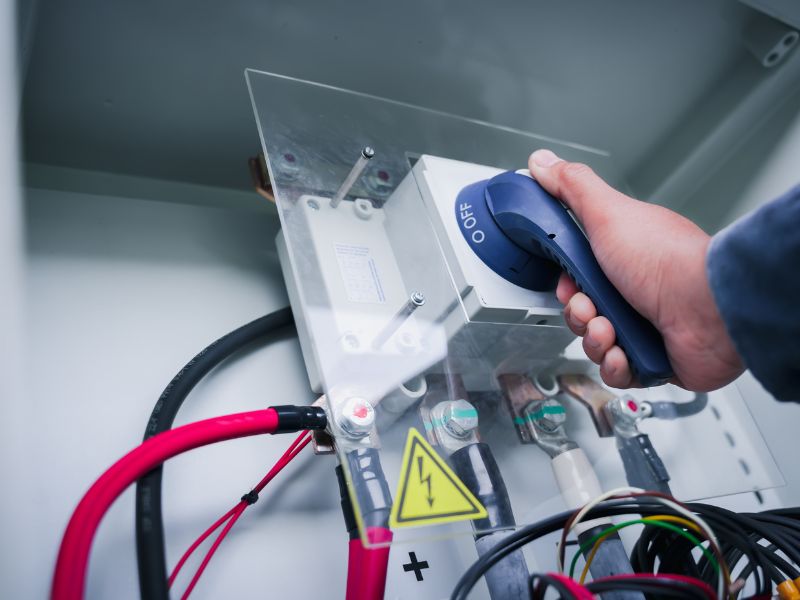What is a Wilkinson power divider?
The Wilkinson power divider, also known as Wilkinson splitter, takes its name from the American electronics engineer Ernest Wilkinson, who initially developed the device in the 1960s. It is composed of simple transmission lines and a resistor, and takes advantage of the properties of quarter wavelength transmission line sections to provide ideal power divider characteristics. It was later discovered that the Wilkinson power divider can also be used as a power combiner, where the structure takes two input signals of equal phases for combining. The device offers outputs with both equal phase and a broad bandwidth of approximately 1 octave. Today, the Wilkinson power divider is a well known device for splitting or combining signals and is commonly used in the RF and microwave community.
The theory behind a Wilkinson power divider
Ernst Wilkinson, knowing full well, that a loss-less reciprocal three-port network cannot have all ports simultaneously matched, added one resistor, which resulted in creation of a ground-breaking device used till this day. The resistor added by Wilkinson not only allows all three ports to be matched, but also isolates port two from port three at the center frequency. Putting power into port two or port three results in it going up in heat in the ideal case. Moreover, the resistor adds no resistive loss to the power split from port one, which means that Wilkinson power divider is highly efficient.

Types of a Wilkinson power divider
Wilkinson power dividers can be divided into three types – dual-band, tri-band and quad-band.
Dual-band Wilkinson power divider
Dual-band Wilkinson power divider is a Wilkinson power divider with an additional transmission line stub in the middle of the input-output connection lines.
Tri-band Wilkinson power divider
Tri-band Wilkinson power divider derives from the conventional unequal Wilkinson power divider by replacing the quarter wavelength branch lines with the extended T-shaped short stubs, and the quarter wavelength transformers with the three-section transformers.
Quad-band Wilkinson power divider
Quad-band Wilkinson power divider is created by substituting each quarter wavelength branch of a conventional Wilkinson power divider with four sections of transmission lines, and then adding four resistors, one at each end of the fourth transmission line sections.
Applications of a Wilkinson power divider
Wilkinson power divider is a passive device, which is required in microwave technology to combine power from several inputs in combining case and distribute input power into several outputs in dividing case. These devices are broadly used in many areas of microwave communication, such as microwave stations and satellite earth stations, that later combine all communication paths from subsystems prior to be simultaneously amplified by High Power Amplifier or Solid State Power Amplifier. In modern wireless communication systems, power dividers are crucial components used in devices such as:
- power amplifiers,
- mixers,
- active circulators,
- phase shifters.

Moreover, Wilkinson power dividers are widely used as components in communication circuits. They are most commonly applied in:
- ultra-wideband (UWB) circuits,
- antenna array systems,
- RF front modules.
With the rapid expansion of Wilkinson power divider possible applications, engineers continue to develop solutions allowing miniaturization of this device to save on both space and costs.
Among power dividers, Wilkinson power dividers are widely used mainly due to their simple construction, narrow bandwidth, and reliable performance. They also provide a high degree of isolation between the output ports. One of the advantages of Wilkinson power dividers is also their very low cost, which is a direct result of the use of printed circuit board elements.



